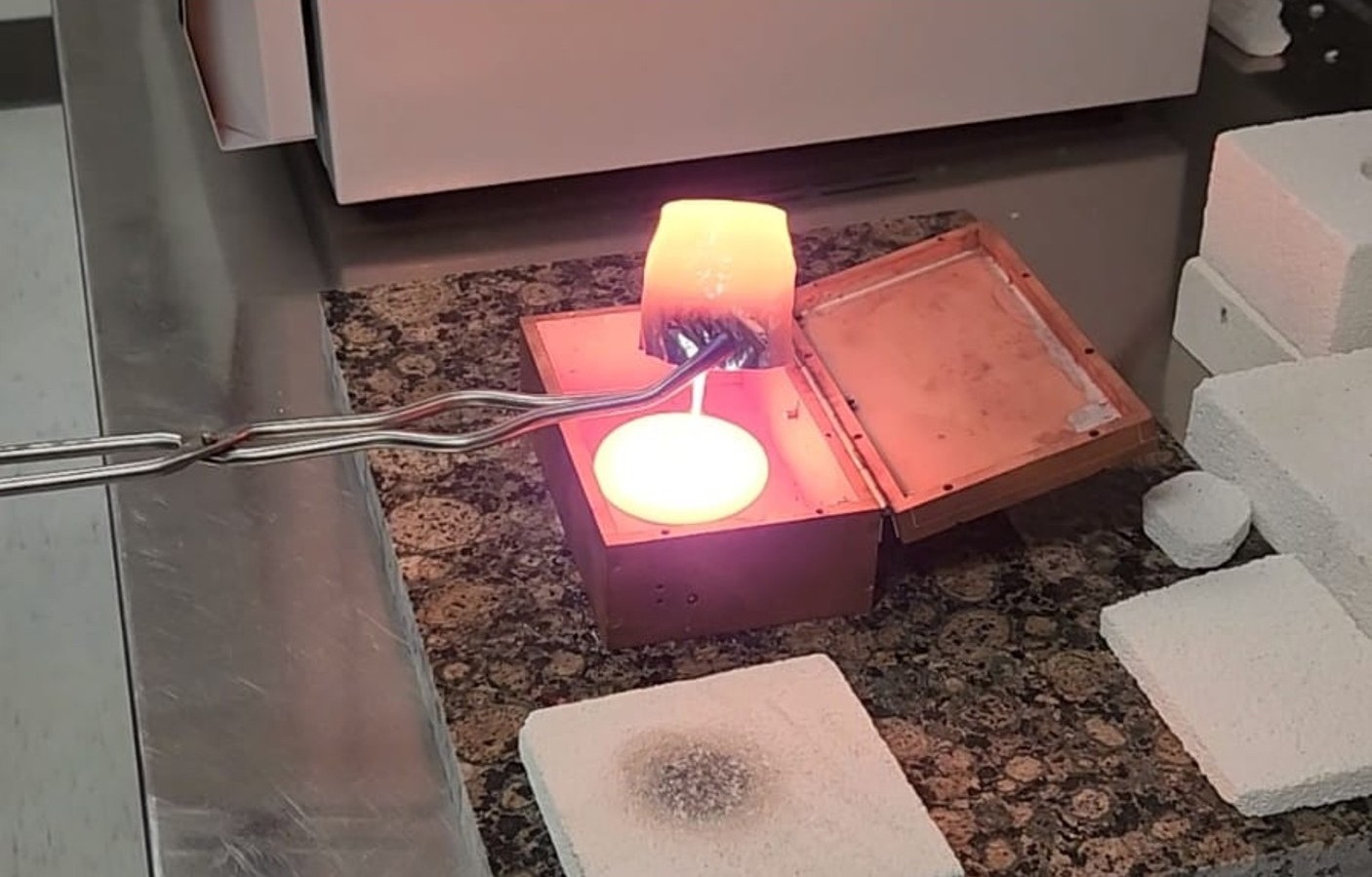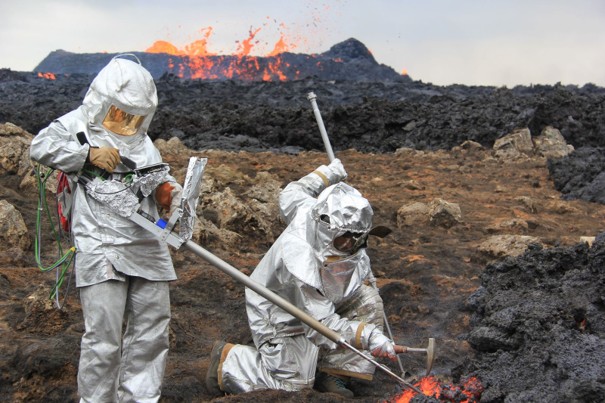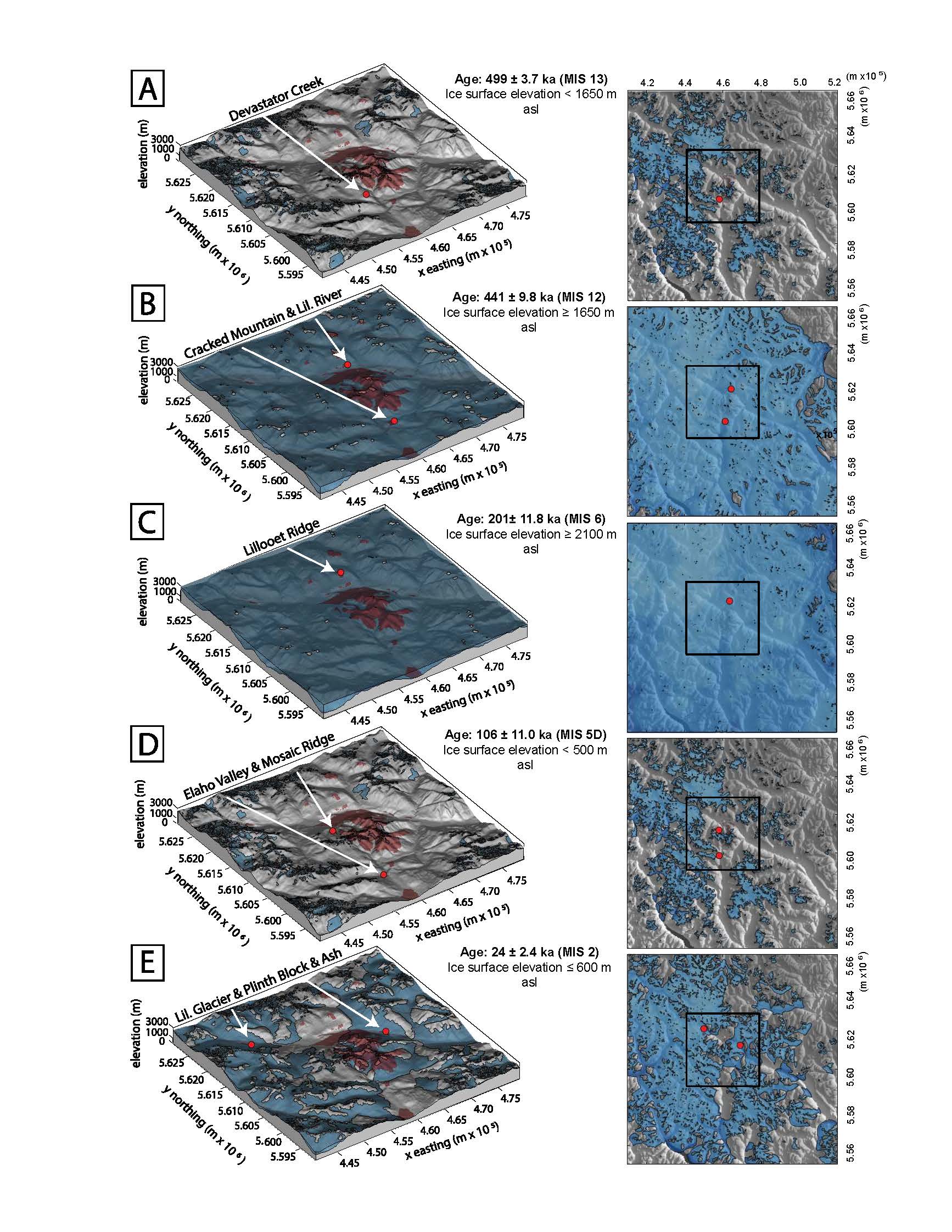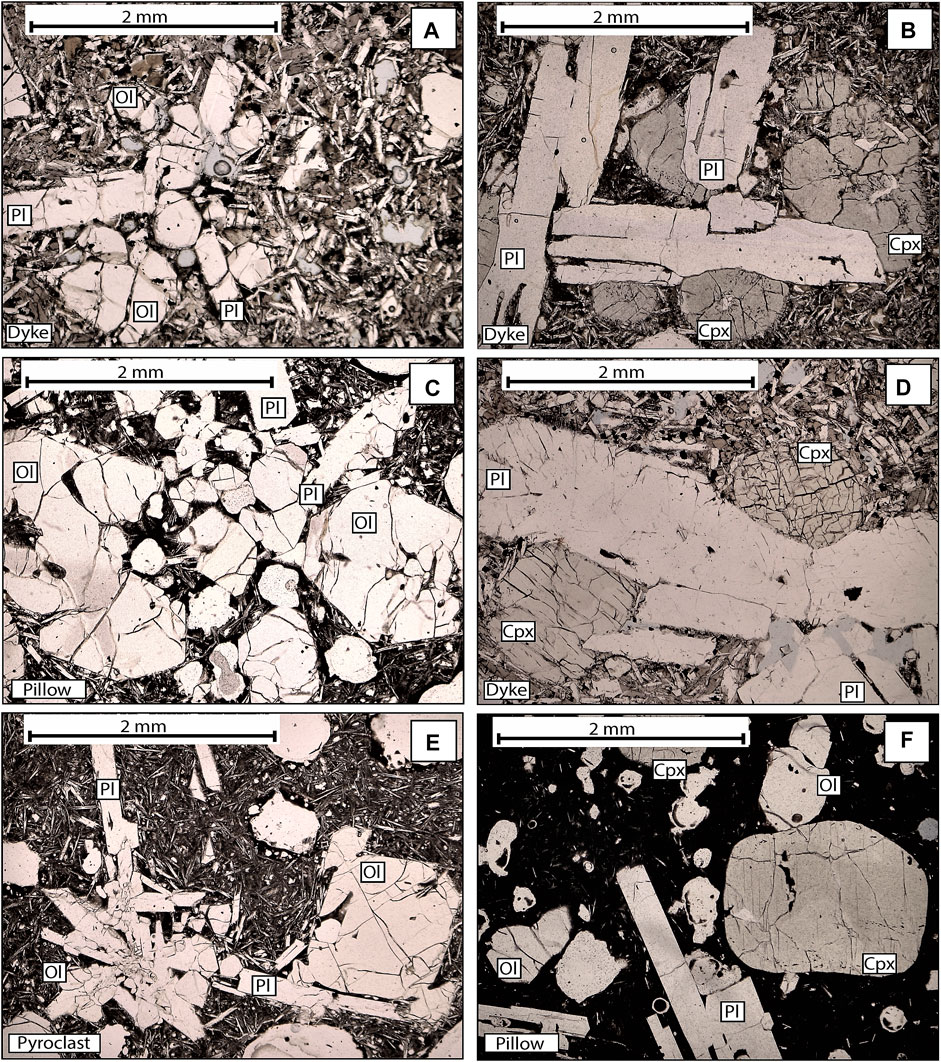Research
My current work focuses on understanding the physical properties of lava, specifically the viscosity of basalts. I use a combined approach of in-situ field techniques and high-temperature laboratory techniques to study how lava viscosity changes with temperature, crystallinity, vesicularity, and oxygen fugacity.
Additionally, I have a keen interest in physical and petrochemical volcanology. I am fascinated by magma-ice interactions and the landforms they produce. I have been involved in studies that use the presence (and absence) of glaciovolcanic landforms to reconstruct localized paleoenviroments—an underutilized tool for understanding past glaciation cycles.
I am also interested in shallow magmatic plumbing systems within the crust. My work includes petrochemical studies that reveal insights into monogenetic magma chamber dynamics and crustal storage conditions, using geochemical data conjoined with field observations.
Current Projects
This study uses remelt rheology on summit lavas from the 2022 Mauna Loa eruption. Both supra-liquidus and sub-liquidus conditions are simulated to capture viscosity changes across temperature and crystallization states.
The subliquidus experiments at various thermal equilibriums are quenched and samples are analyzed for crystal abundance using scanning electron microscopy. This allows for a texurtural quantification with changing temperature and viscosity. These laboratory values are then compared with textural observations of naturally erupted lavas along different channel locations of the 2022 eruption.

This project combines in-situ field viscometry with lab-based remelt rheology to trace the true natural evolution of lava viscosity. This type of work was only made possible through recent advances in field instrumentation (Harris et al. 2024b) (Chevrel et al. 2023).
Our findings highlight how effective field viscometry is at capturing the rheological evolution of a unique eruption (Harris et al. 2024a) while also verifying the successful capabilities and pointing out some of the limitations of the more conventionally used laboratory remelt viscometry approach (Harris et al. 2025).
Past Projects
This study reconstructed the eruptive history of Cracked Mountain, a tuya near Mount Meager, using physical volcanology techniques to decipher the sequence of eruptive events. Paleomagnetic analyses were conducted on all eruptive units to determine their relative timing, ultimately demonstrating that the volcano erupted in a single event (i.e., it is monogenetic) (Harris et al. 2022).
Additional mapping of glaciovolcanic and non-glaciovolcanic landforms within the Mount Meager volcanic complex was combined with new 40Ar/39Ar geochronology ages, enabling us to produce a detailed paleoenvironmental reconstruction of the last 500,000 years in the localized region of southwestern British Columbia (Harris et al. 2023).
We performed petrochemical analyses of basalts from Cracked Mountain, which revealed a bimodal crystal assemblage and distinct major element signatures. To investigate how these bimodal lavas may have formed within a magma chamber, we conducted extensive thermodynamic modeling using MELTS and tested phase assemblages using Pearce element ratios.
Our findings indicate that two distinct magma chambers existed prior to the monogenetic eruption at Cracked Mountain, with evidence of minor magmatic mixing between them (Harris and Russell 2022).